Area: 4,596.4 km2 Population: 854,131 people; Ethnicity: According to statistics, there are 6 main ethnic groups living together in the province, the largest being the Muong ethnic group accounting for 63.3%; the Viet (Kinh) ethnic group accounting for 27.73%; the Thai ethnic group accounting for 3.9%; the Dao ethnic group accounting for 1.7%; the Tay ethnic group accounting for 2.7%; the Mong ethnic group accounting for 0.52%; other ethnic groups accounting for 1.18%.

Map of Hoa Binh province
Geographical location and natural and social conditions.
- Hoa Binh is a mountainous province in the Northwest of the country, bordering the capital Hanoi, the gateway between the Northern Delta, the North Central Coast and the Northwest; is the gateway to Upper Laos (the nearest point is 30km from the Vietnam - Laos border), located within the limits of 20°19' - 21°08' north latitude and 104°48' - 105°40' east longitude, bordering Phu Tho province to the north, Hanoi city to the east, Son La province to the west, Ninh Binh, Ha Nam and Thanh Hoa provinces to the south. Hoa Binh province has high mountainous terrain, complex fragmentation, large slopes and in the Northwest - Southeast direction, divided into 2 regions: the high mountainous region in the Northwest has an average altitude of 600-700m, rugged terrain, accounting for 44.8% of the total area; The low mountainous region is located in the Southeast, accounting for 55.2% of the province's total area. The terrain consists of low mountain ranges, little fragmented, with an average slope of 20-25 degrees and an average altitude of 100-200m above sea level.
- Hoa Binh has a tropical monsoon climate, cold winters, little rain; hot summers, lots of rain. The average annual temperature is above 23°C. June has the highest temperature of the year, an average of 27 - 29°C, on the contrary, January has the lowest temperature, an average of 15.5 - 16.5°C
- The river system in the province is distributed relatively evenly with major rivers such as: Da River, Boi River, Buoi River, Bui River...
Traffic
Hoa Binh province has a fairly good road traffic network, very convenient for socio-economic development, becoming a gateway for communication between the Northwestern provinces with the provinces of the Red River Delta, the capital Hanoi and the development triangle of the Northeast region: Hanoi - Hai Phong - Quang Ninh and the North Central provinces. National Highway 6 runs through the length of the province from Hanoi through Luong Son - Hoa Binh City - Cao Phong - Tan Lac - Mai Chau to the Northwest. National Highway 12B connects Hoa Binh with Thanh Hoa and the North Central provinces. National Highway 21A connects Hoa Binh with the delta provinces of Ha Nam - Nam Dinh , the end point is Thinh Long beach, Hai Hau district, Nam Dinh province. National Highway 15 is a strategic road connecting Hoa Binh (through Mai Chau district) with the mountainous region of Thanh Hoa province to the upper Laos. Ho Chi Minh Road runs along the eastern mountain slope of the province through the districts of Luong Son - Kim Boi - Lac Thuy - Yen Thuy.
In October 2018, the Hoa Lac - Hoa Binh Expressway was completed and put into use, shortening the travel time from Hoa Binh City to the center of Hanoi to only 40 minutes by car.
Hoa Binh also has a convenient waterway network for transporting goods and trading on Boi River, Bui River, Buoi River and on the Song Da Hydroelectric Reservoir with 8,900 hectares of water surface.
History of formation
Hoa Binh is an ancient land with limestone mountain ranges running along the Southeast, parallel to the Truong Son range in the West, creating many basins and valleys with a rich flora and fauna system, so since prehistoric times, people have settled on this land with a famous culture "Hoa Binh Culture" formed and developed in the Paleolithic era, existing from 18,000 years to 7,500 years ago.
During the French colonial period, Hoa Binh province was established on June 22, 1886 according to the decree of Kinh Luoc Bac Ky with the name of Muong province, including the land where Muong people resided from Hung Hoa, Son Tay, Ha Noi and Ninh Binh provinces. In 1896, the provincial capital moved from Cho Bo town (belonging to Chau Da Bac) to Hoa Binh commune, on the left bank of Da River, opposite Phuong Lam. From then on, Muong province was called Hoa Binh province, with 4 districts: Luong Son, Ky Son, Lac Son and Mai Da. Lac Thuy district at this time belonged to Lac Son district, until 1908 it was transferred to Ha Nam province. Since then, the administrative boundaries were basically stable. In May 1953, Lac Thuy district and some communes of Nho Quan district, Ninh Binh province were transferred to Hoa Binh province.
Since 1950, the districts were changed into districts and the administrative units of districts of Hoa Binh province have changed: On September 21, 1956, Mai Da district was divided into 2 districts: Da Bac in the north of Da River and Mai Chau in the south of Da River. On October 15, 1957, Lac Son district was divided into 2 districts: Lac Son and Tan Lac. On April 17, 1959, Luong Son district was divided into 2 districts: Luong Son and Kim Boi. On August 17, 1964, Lac Thuy district was divided into 2 districts: Lac Thuy and Yen Thuy.
Since 1976, based on the Constitution of the Democratic Republic of Vietnam, at the request of the Government and after studying the opinions of the People's Councils of Hoa Binh and Ha Tay provinces, the 5th National Assembly of the Democratic Republic of Vietnam, 2nd session (December 27, 1975) issued a Resolution to merge Hoa Binh and Ha Tay provinces into a new province named Ha Son Binh province.
In 1991, implementing the Resolution of the 8th National Assembly, 9th session on August 12, 1991, Ha Son Binh province was separated into 2 provinces of Hoa Binh and Ha Tay. At that time, Hoa Binh province had an area of 4,662 km², with a population of 686,920 people, including 9 districts: Da Bac, Mai Chau, Luong Son, Ky Son, Lac Son, Lac Thuy, Kim Boi, Tan Lac, Yen Thuy and Hoa Binh town.
In December 2001, the Government issued Decree No. 95/2001/ND-CP on dividing Ky Son district into 2 districts: Ky Son and Cao Phong. The total number of administrative units includes 10 districts, 1 town, with a total of 214 communes, wards and towns.
On October 27, 2006, Hoa Binh town became a type III urban area, with the name Hoa Binh City.
In August 2008, four communes, Dong Xuan, Tien Xuan, Yen Binh and Yen Trung, all located in the north of Luong Son district, were separated and merged into Hanoi City. After adjusting the administrative boundaries, Hoa Binh province now has 11 districts and cities, with 210 communes, wards and towns.
In 2020, implementing Resolution No. 830/NQ-UBTVQH14, dated December 17, 2019 of the National Assembly Standing Committee on the arrangement of district and commune-level administrative units in Hoa Binh province. After the merger, Hoa Binh province was reduced to 10 district-level administrative units (1 unit reduced due to Ky Son district merging into Hoa Binh city), 151 commune-level administrative units (131 communes, 10 wards, 10 towns).
Hoa Binh City : has 19 commune-level administrative units, including 10 wards: Dan Chu, Dong Tien, Huu Nghi, Ky Son, Phuong Lam, Tan Hoa, Tan Thinh, Thai Binh, Thinh Lang, Thong Nhat; 09 communes: Doc Lap, Hoa Binh, Hop Thanh, Mong Hoa, Quang Tien, Su Ngoi, Thinh Minh, Trung Minh, Yen Mong.
Cao Phong District : has 10 commune-level administrative units, including: Cao Phong Town and 09 communes: Hop Phong, Thu Phong, Dung Phong, Binh Thanh, Nam Phong, Tay Phong, Thung Nai, Bac Phong, Thach Yen.
Da Bac District : has 17 commune-level administrative units, including: Da Bac Town and 16 communes: Muong Chieng, Doan Ket, Nanh Nghe, Vay Nua, Trung Thanh, Tan Minh, Tu Ly, Hien Luong, Tien Phong, Cao Son, Tan Pheo, Yen Hoa, Dong Ruong, Giap Dat, Dong Chum, Toan Son.
Kim Boi District : has 17 commune-level administrative units, including: Bo Town and 16 communes: Kim Boi, Kim Lap, My Hoa, Xuan Thuy, Hop Tien, Vinh Tien, Vinh Dong, Hung Son, Nam Thuong, Cuoi Ha, Dong Bac, Binh Son, Tu Son, Sao Bay, Du Sang, Nuong Dam.
Lac Son District : has 24 commune-level administrative units: Vu Ban Town and 23 communes: Mien Doi, Quy Hoa, Tuan Dao, Tan Lap, My Thanh, Van Nghia, Nhan Nghia, Van Son, Quyet Thang, Chi Dao, Thuong Coc, Xuat Hoa, Yen Phu, Binh Hem, Dinh Cu, Huong Nhuong, Vu Binh, Tan My, An Nghia, Yen Nghiep, Ngoc Son, Ngoc Lau, Tu Do.
Lac Thuy District : has 10 commune-level administrative units, including: Chi Ne Town, Ba Hang Doi Town; 08 communes: Thong Nhat, Phu Nghia, Yen Bong, Dong Tam, Phu Thanh, Khoan Du, Hung Thi, An Binh.
Luong Son District : has 11 commune-level administrative units, including: Luong Son Town and 10 communes: Cao Son, Tan Vinh, Lien Son, Thanh Cao, Hoa Son, Thanh Son, Cao Duong, Lam Son, Cu Yen, Nhuan Trach.
Mai Chau District : has 16 commune-level administrative units, including: Mai Chau Town and 15 communes: Tan Thanh, Tong Dau, Thanh Son, Hang Kia, Van Mai, Bao La, Mai Ha, Chieng Chau, Xam Khoe, Dong Tan, Pa Co, Mai Hich, Son Thuy, Cun Pheo, Na Phon.
Lan Lac District : has 16 commune-level administrative units, including: Man Duc Town and 15 communes: Gia Mo, Van Son, Ngo Luong, Phu Vinh, Phu Cuong, Suoi Hoa, Quyet Chien, Nhan My, Lo Son, My Hoa, Tu Ne, Thanh Hoi, Dong Lai, Ngoc My, Phong Phu.
Yen Thuy District : has 11 commune-level administrative units, including: Hang Tram Town and 10 communes: Phu Lai, Doan Ket, Huu Loi, Da Phuc, Lac Sy, Ngoc Luong, Yen Tri, Lac Thinh, Lac Luong, Bao Hieu.
Economic development potential:
+ Development of agriculture, forestry and fishery:
Agricultural and forestry production: Diverse soil and climate conditions; highly fertile land, large areas of forestry land, agricultural land and unused land are conditions for investment development in the fields of afforestation, industrial crops, medicinal plants and high-tech agricultural production.
Aquaculture: Due to the network of rivers, streams, lakes and ponds distributed widely throughout all districts and cities, especially the Da River flowing through Mai Chau, Da Bac, Tan Lac districts, Hoa Binh City, Hoa Binh Lake with a water surface area of 8,900 hectares is a favorable condition for the development of agricultural production and aquaculture.
+ Industrial development: By 2020, Hoa Binh province is planning to have 08 industrial parks and 21 industrial clusters.
Mining and mineral processing industry: Hoa Binh has many types of minerals such as: cement limestone, construction limestone, gold, paving stones, mineral water - hot. In addition, there are coal, pyrite, phosphorite, dolomite, talc, iron, copper, lead, zinc... which are conditions for developing mining and mineral processing industry, cement production.
Agricultural and forestry processing industry: According to land statistics in 2018, the forested forestry land area of Hoa Binh province is 296,130 ha, accounting for more than 62% of the natural area; of which, production forest land is 153,256 ha, protection forest is 114,338 ha, special-use forest is 28,535 ha, which is an abundant source of raw materials for large-scale forestry processing industry. The area of land for growing industrial crops, fruit trees, especially oranges, lemons, and grapefruits is increasingly expanded, the output is increasing, creating a stable source of raw materials for the development of agricultural processing industry.
Mechanical, electronic, garment, leather and footwear industry: Adjacent to the major industrial center of Hanoi and abundant labor potential. According to the statistics of the Department of Statistics of Hoa Binh province, in 2019, the total number of workers working in economic sectors was 553,427 people, accounting for more than 67% of the population, thus facilitating the development of labor-intensive industries such as: mechanical, garment - leather and footwear and supporting industries.
+ Tourism development:
Cultural and spiritual tourism: Hoa Binh has many attractive destinations suitable for many types of tourism: eco-tourism, spiritual tourism, resort, exploration, research and testing. Nature has bestowed upon Hoa Binh many majestic natural caves and beautiful landscapes. There are many historical and cultural relics associated with thrilling legends, myths associated with mysterious characters in the history of ethnic groups living on this land (by 2020, the province has 101 historical and cultural relics that have been ranked at all levels, including: 41 relics ranked at the national level by the Ministry of Culture, Sports and Tourism and 60 relics ranked at the provincial level).
The vast Hoa Binh Lake, with its poetic and picturesque landscape, is a beautiful natural space that attracts anyone who wants to explore and enjoy. Hien Luong Wharf, Tien Phong, Nanh Nghe, Dong Chum (Da Bac), Thung Nai (Cao Phong), and Sang - Son Thuy Beach (Mai Chau) are peaceful and serene in the blue of the lake. Mai Chau Valley, poetic Vang Street, Van Village, Lac Village, and Pom Coong Village - where the Thai people live and work attract tourists. Lac Village (Mai Chau) is one of the 10 places voted to bring interesting experiences to tourists...
Natural discovery tourism: Hoa Binh province has very rich and diverse natural tourism resources, including rivers, lakes, mineral springs, natural caves, nature reserves, national parks. In particular, Hoa Binh hydroelectric lake with an area of about 8,900 hectares, a capacity of over 9.5 billion m3 of water and over 40 floating islands in the lake, has favorable conditions for developing aquaculture and ecotourism. The nature reserves of Hang Kia - Pa Co (Mai Chau), Thuong Tien, Phu Canh forest (Da Bac), Suoi Ngoc - Vua Ba (Luong Son), Ngoc Son - Ngo Luong (Tan Lac - Lac Son); Cuc Phuong National Park, have valuable advantages for tourism development.
The nature reserves still preserve the pristine beauty of the great forest, rich in ecosystems with many rare species of flora and fauna. Thung Hill and Mu Waterfall (Lac Son) are a harmonious combination of fresh and cool natural waterfalls. Up to now, there have been many tourist destinations that are the choice of visitors from near and far such as: Tien Pagoda relic complex, Chi Ne plantation relic and the first money printing factory of the revolutionary government in Lac Thuy district; Trai cave archaeological site (Lac Son); Kim Boi mineral spring; Serena Kim Boi luxury resort; An Lac tourist area, Vinh Dong commune; Mai Chau Ecolodge tourist destination (Na Phon), Mai Chau Villas; golf courses in Luong Son district and Hoa Binh city; Muong cultural space museum, Muong ethnic cultural heritage museum; Viet - Muong cultural village, Luong Son district; Giang Mo village, Vietnam PhD Heritage Conservation Center in Cao Phong...
Source: http://tinhuyhoabinh.vn/


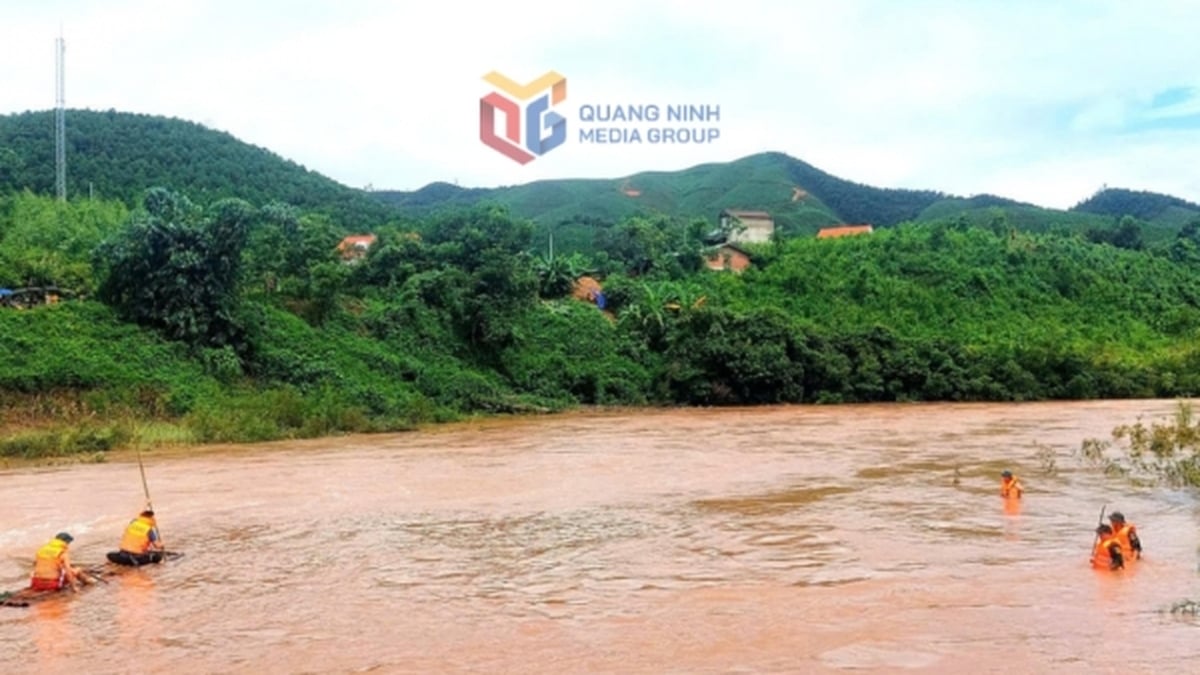
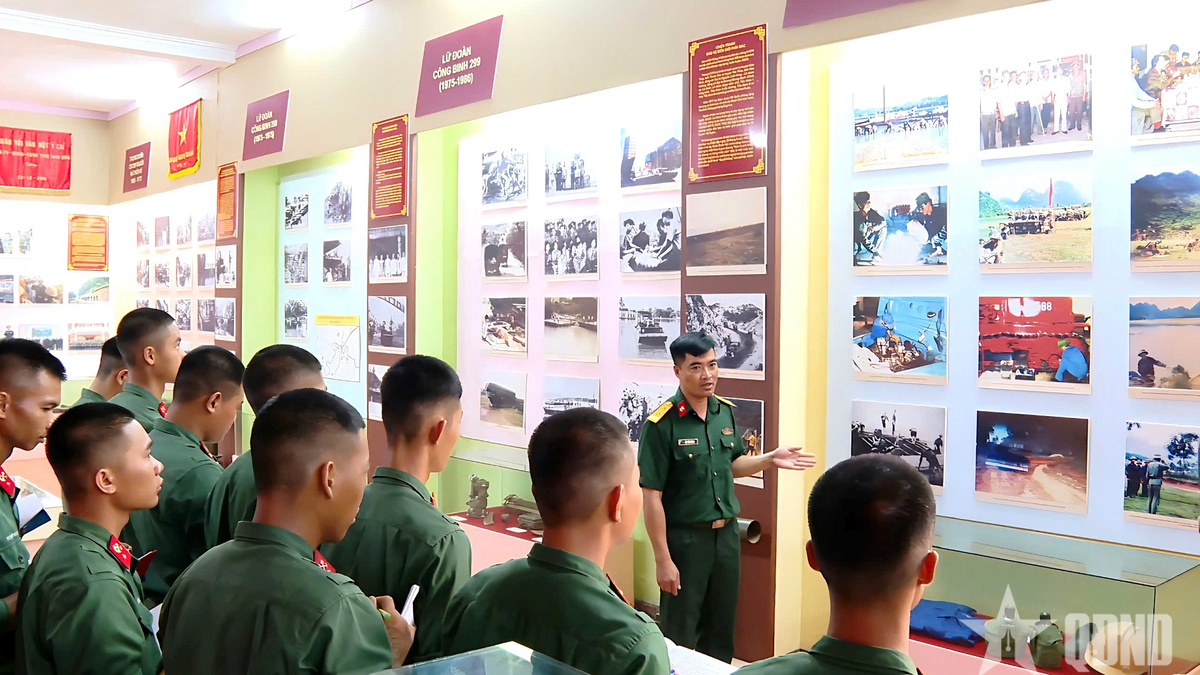

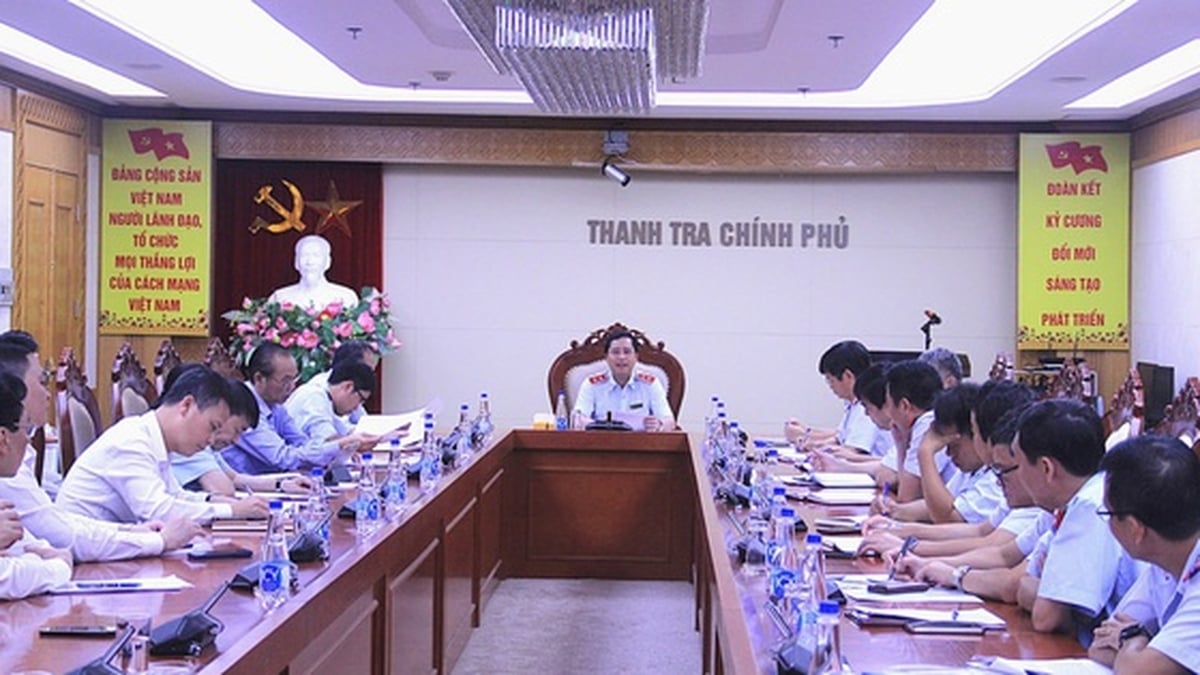

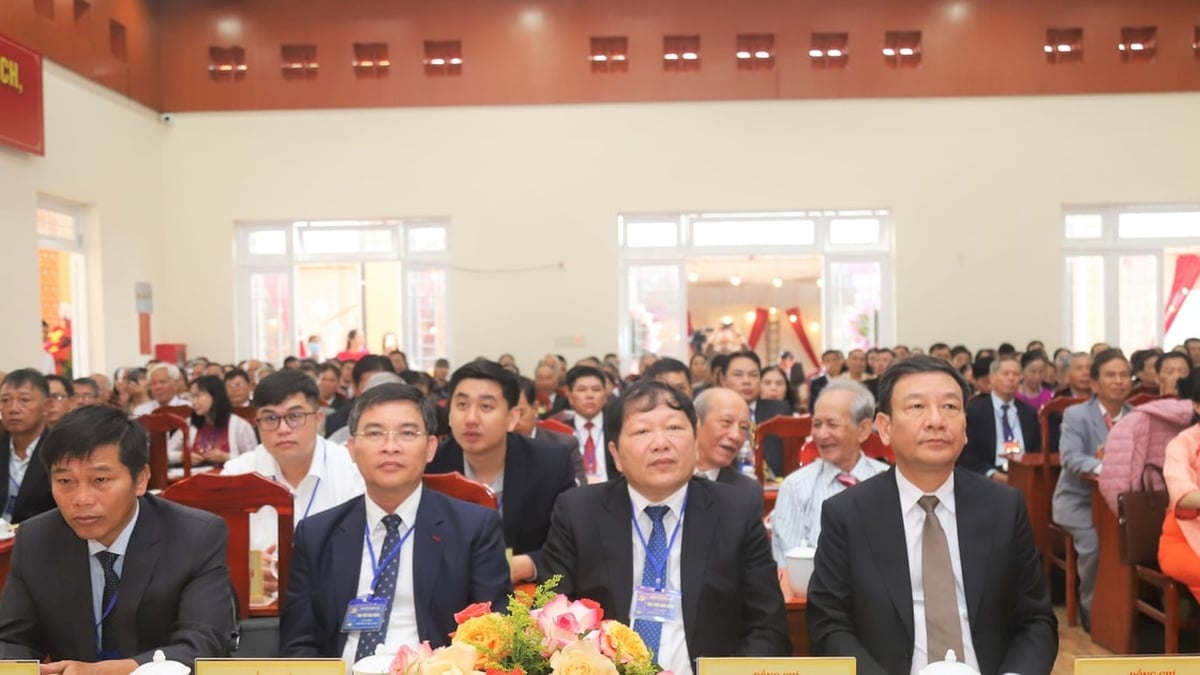


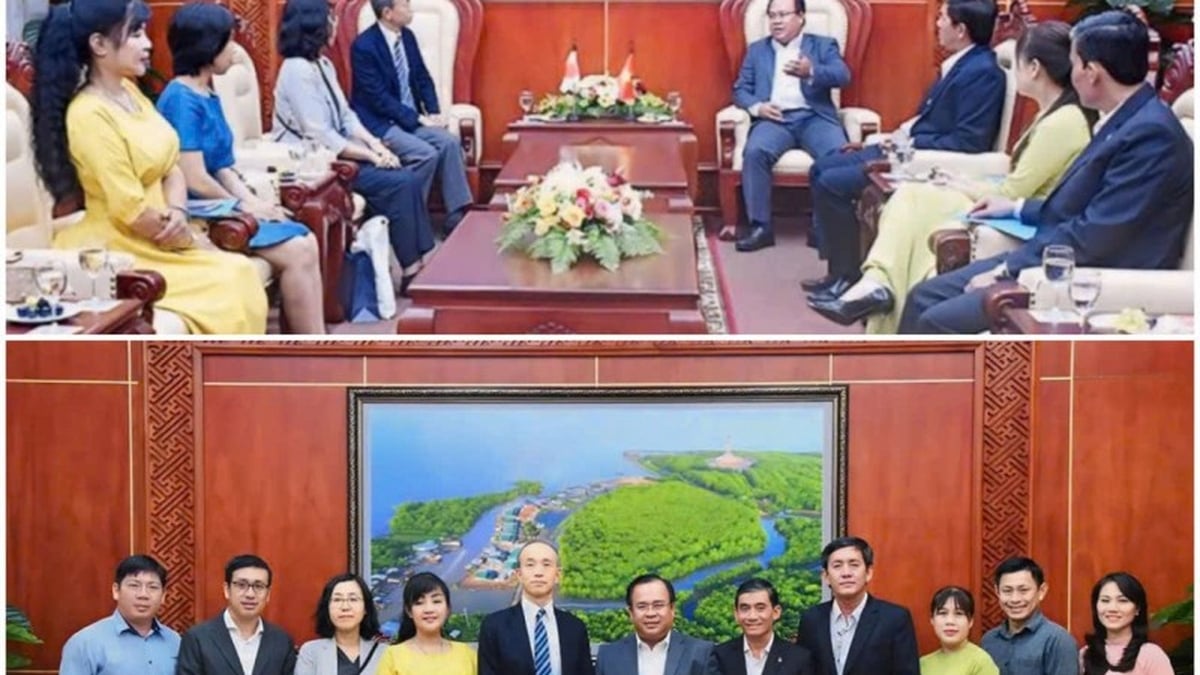




















![[Photo] Signing of cooperation between ministries, branches and localities of Vietnam and Senegal](https://vphoto.vietnam.vn/thumb/1200x675/vietnam/resource/IMAGE/2025/7/24/6147c654b0ae4f2793188e982e272651)
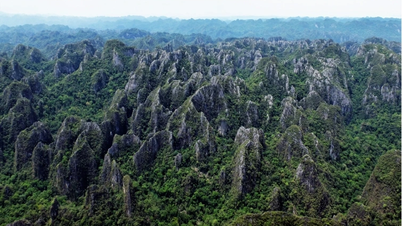



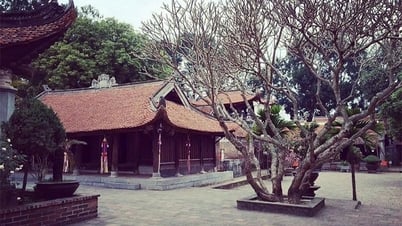

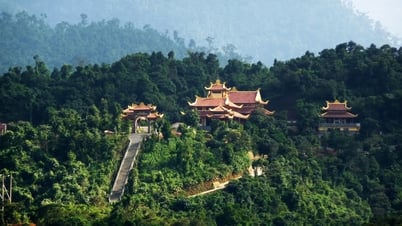

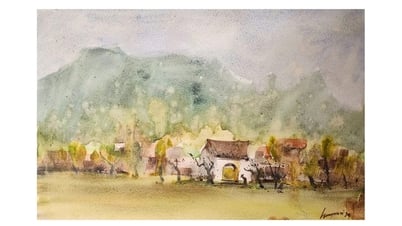

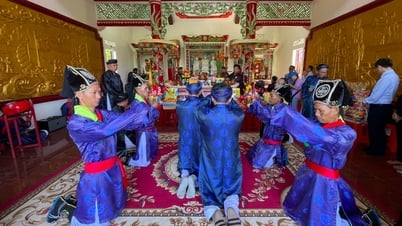

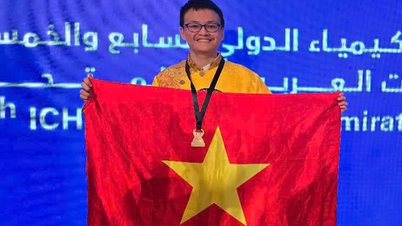

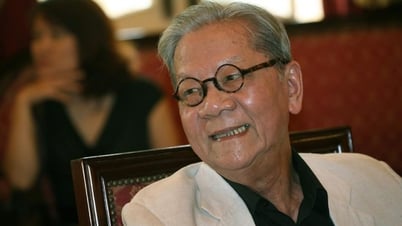




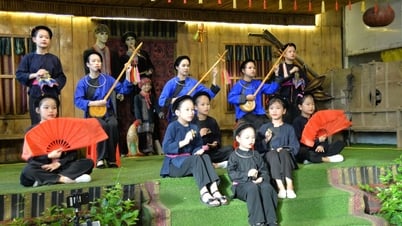





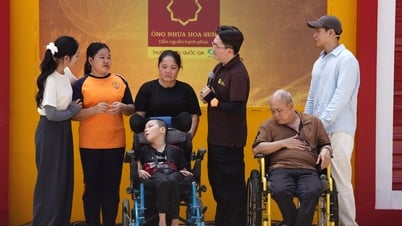

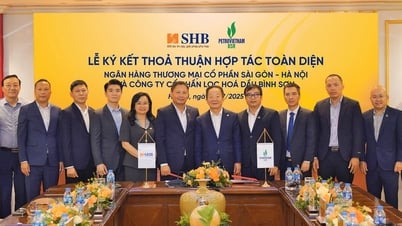
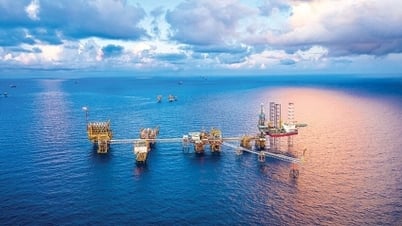
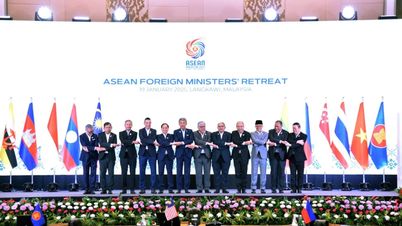


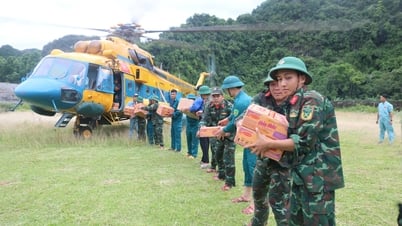



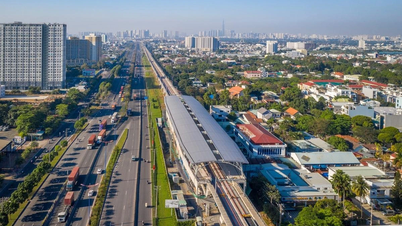

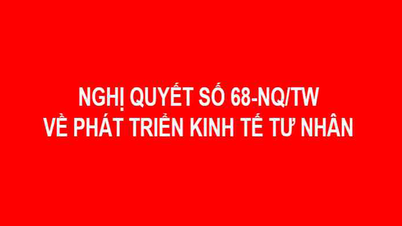

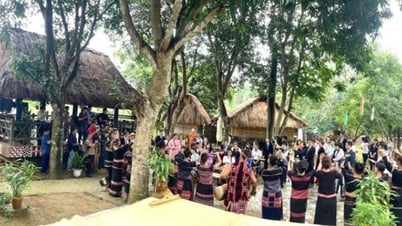
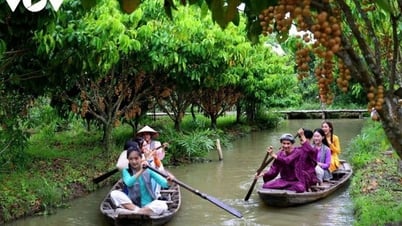
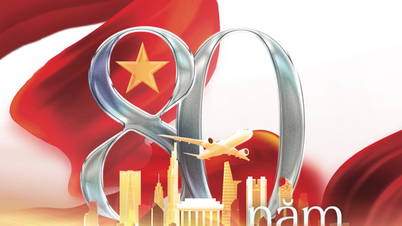

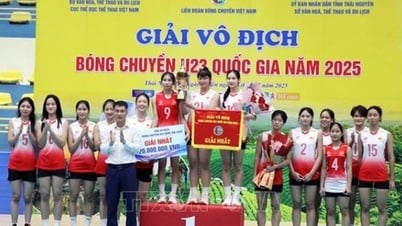











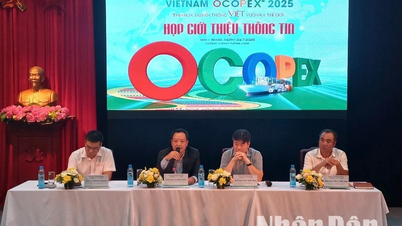


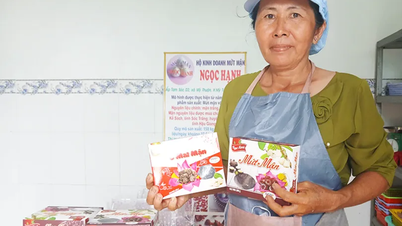

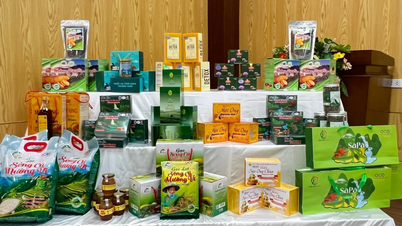


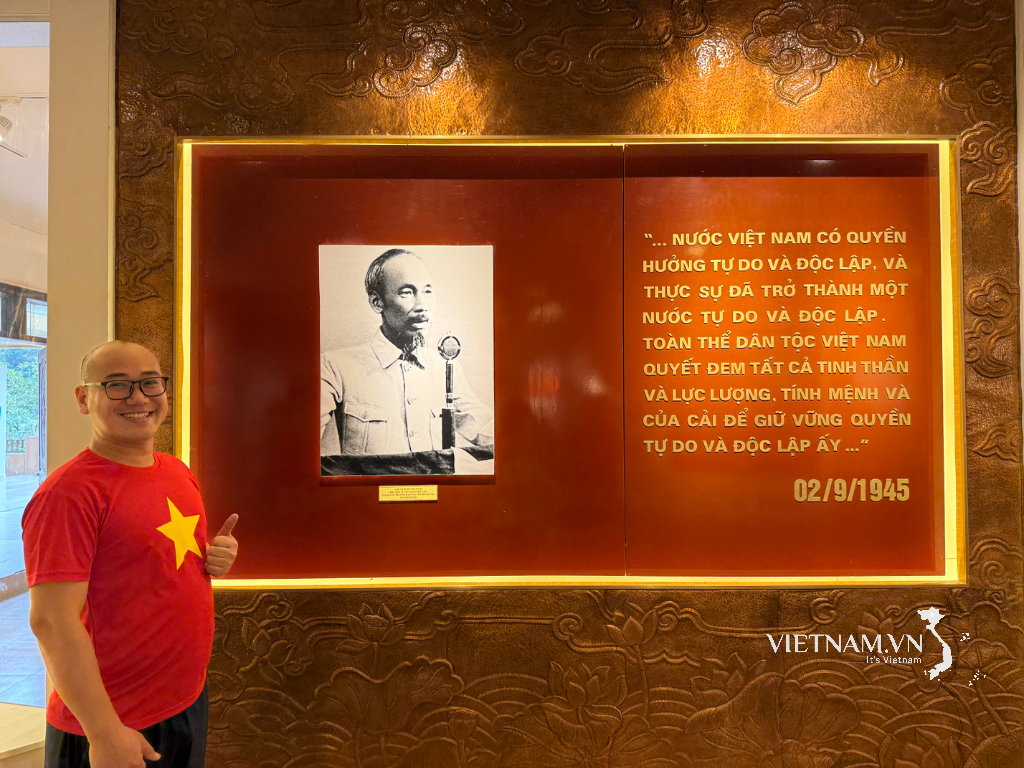
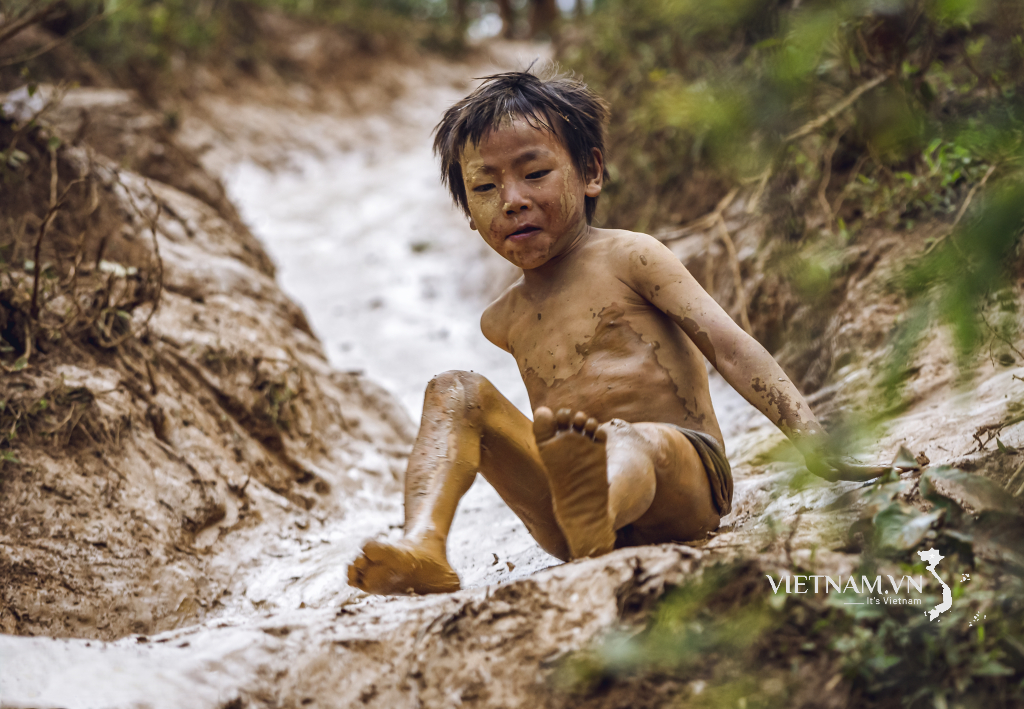


Comment (0)